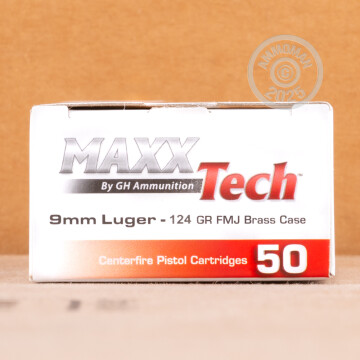Why Use A Shot Timer?
“I know that I know nothing.” – Socrates
The shot timer is a fixture of the practical shooting scene. First developed in the early 80’s, shot timers became a fixture in the competition and training world. A shot timer combines a digital stopwatch with a microphone that is calibrated to record the shot of a shot along with a display to show the results. Most models these days can be set up with par times to allow you to shoot standardized drills, and they have also have a setting for a random start time, allowing your to train by yourself.
So how do you use a shot timer in your training?
Targets Measure Accuracy. Shot Timers Measure Speed.
We can look at our target at the end of a range session and know where our rounds landed, but unless use a shot timer, we can’t know for certain how long it took us to make those shots. In order to shoot well in a match or come out on top in a gunfight, you need to balance speed and accuracy in order to get the hits you need when you need them the most. Patiently shooting one-hole groups in a target at the range is a dandy way to develop your marksmanship, but those one-hole groups tend to open up significantly (VERY significantly) once a shot timer enters the picture.

Shot timers aren’t just for competition; they’re handy any time you want to learn to shoot fast and accurately.
Your Ego Check Just Bounced.
It’s pretty easy to fool ourselves into thinking we’re good shots. We can convince ourselves that we’re a good shot, but if we’re practicing for a defensive encounter we need to practice in an environment of stress. Shot timers provide that stress. Sure, we can all hit that lucky shot every once in awhile, but a truly good shot makes a lucky shot more often than that (MUCH more often). We can also believe that we’re quick on the draw or that we can put rapid, accurate shots onto the target whenever we need to, but without a shot timer, you’ll never know just how fast you really are shooting. A shot timer gives you a measurable and repeatable way to improve your shot speed, in much the same way that the holes in your target give you a measure of your accuracy.
Because incremental improvement gives us a reason to be get better.
One of the joys of developing the ability to shoot a consistent group on the target is watching those groups shrink as you skill with a pistol gets better and better. It’s the same way with a shot timer. Using a shot timer to set a baseline performance for a fundamental defensive skills like a fast, smooth draw or a quick and accurate follow-up shot allows you to measure your improvement on those skills. Those skills also matter in a practical pistol match where those skills are also important, along with quick reloads and moving about the stage as rapidly and smoothly as possible. A shot timer can help you keep track of where you can speed things up in your training regime, such as your draw speed, reload speed or your transition speed (the time it takes to move to a new target target) and track your progress as you improve.
Problems with shot timers
There are a few things to pay attention to when you use a shot timer. First off, on an indoor range, shot timers just don’t have the sensitivity to tell the difference between your shots and the shots of those in the lane next to you. You’re not going to be able to tell which shot is yours and which is your neighbors, so drills that measure things like time to first shot or time in-between shots just aren’t practical on an indoor range. However, drills which have a par time, like the 5×5 drill, will work well with a shot timer on an indoor range.
A shot timer is also something that does just one thing: Record the time between shots, or between the initial buzzer beep and a shot, and their starting cost is over $100 and goes up from there. Making a $100+ commitment to a gadget is a big hurdle for many beginning shooters who are uncertain about how much they will be involved in the shooting sports.
Recommended Shot Timer Apps
Fortunately, with the introduction of the modern smartphone, a shot timer no longer needs to be a separate device. There are many different shot timer apps available for both iOS and Android devices, such as the Splits shot timer for Android or the Gun Shot timer on Apple devices. In general, though, these apps are not as sensitive or consistent as a stand-alone timer. However, they cost much less than a dedicated timer and will work just fine when you’re starting out.
Start Slow
The world of firearms training and competition can seem confusing to new gun owners. There are so many things to learn and so many areas for improvement. We practice on the range so we can tighten our shot groups and location on the target, and we use a shot timer to help us get the shot on-target at the right time. All of this is nothing new: Col. Jeff Cooper, who was instrumental in founding competitive practical shooting and modern firearms training, summed things up with the motto “DVC,” which is short for “Diligentia, Vis, Celeritas.” This Latin phrase translates into English as “Accuracy, Power and Speed,” and it tells us what’s important when it comes to practical shooting and defensive firearms training. We need to place the shots where they’re needed, but we also need to make it at the right time as well.


